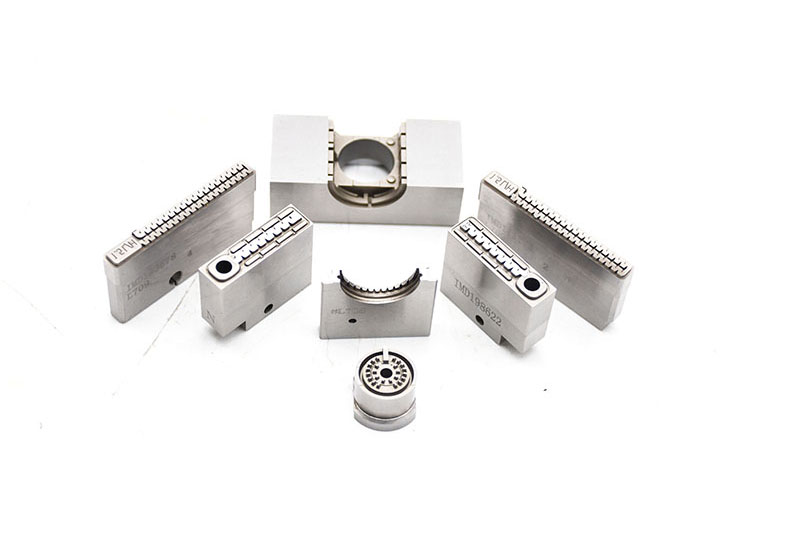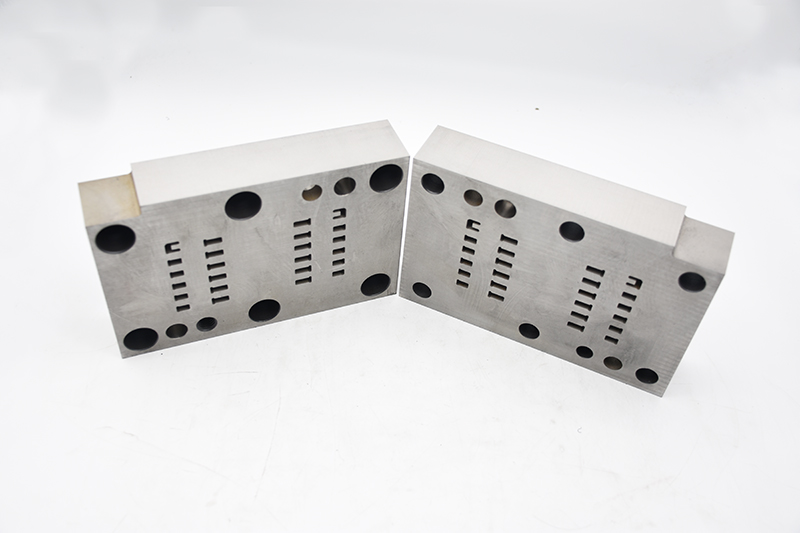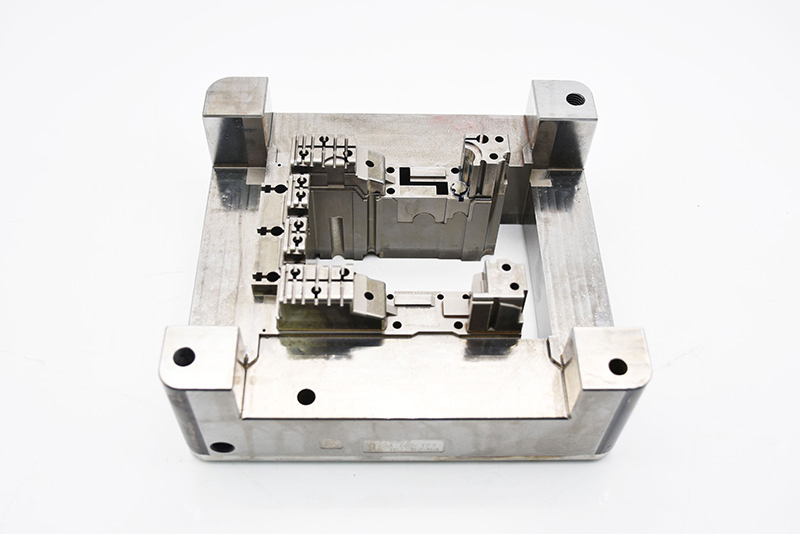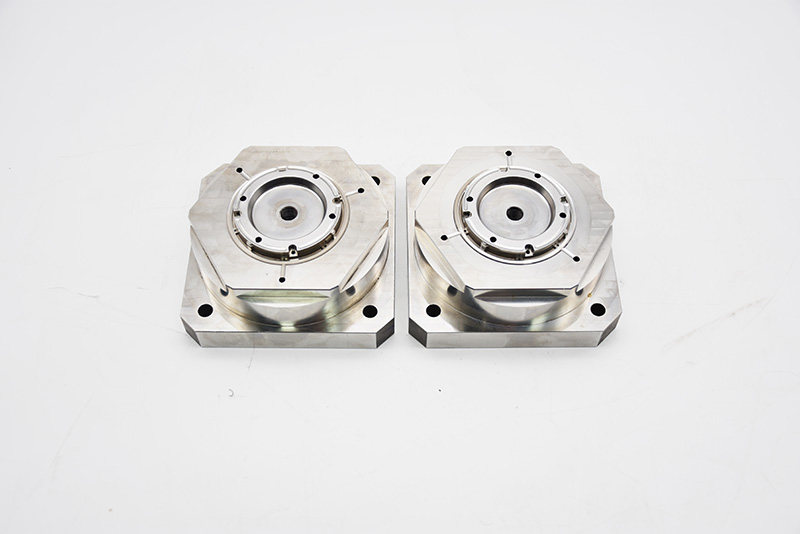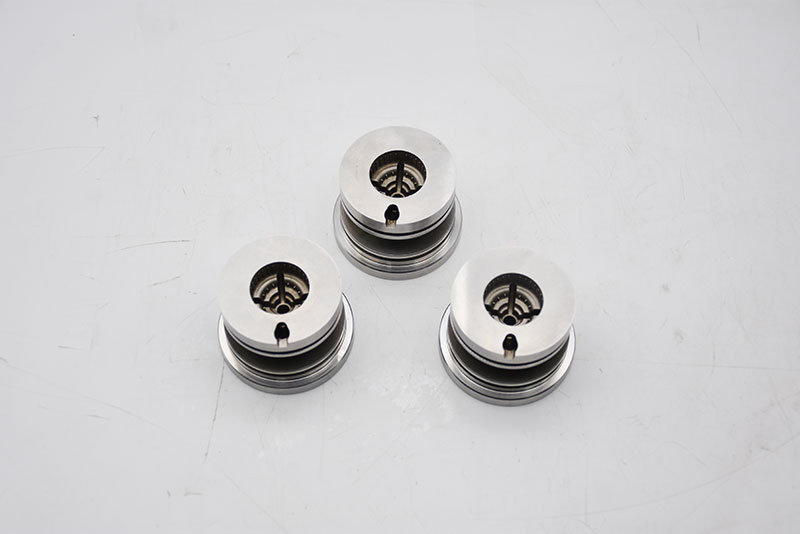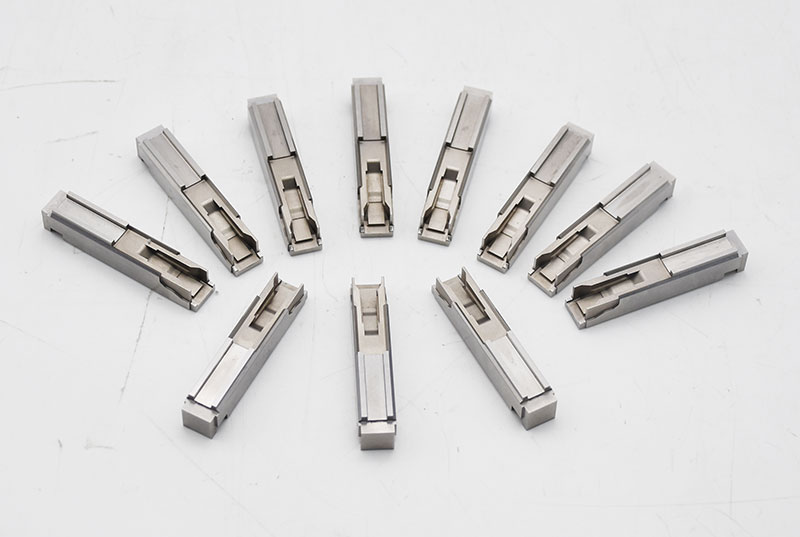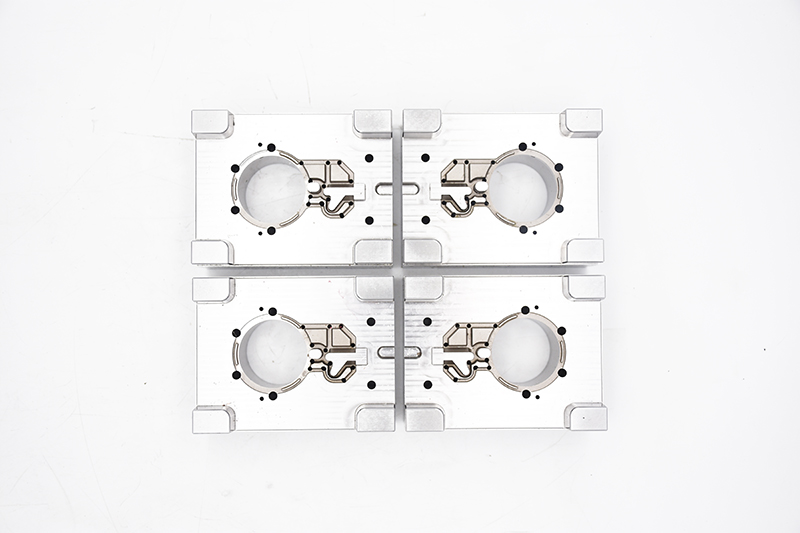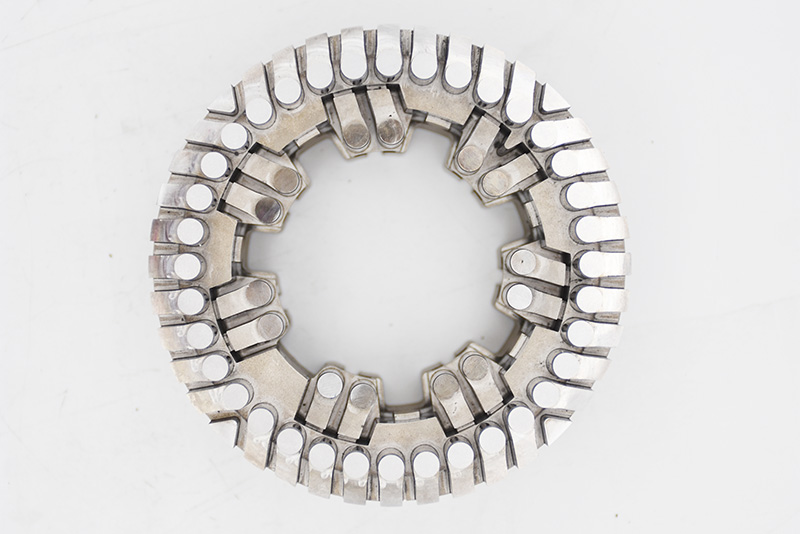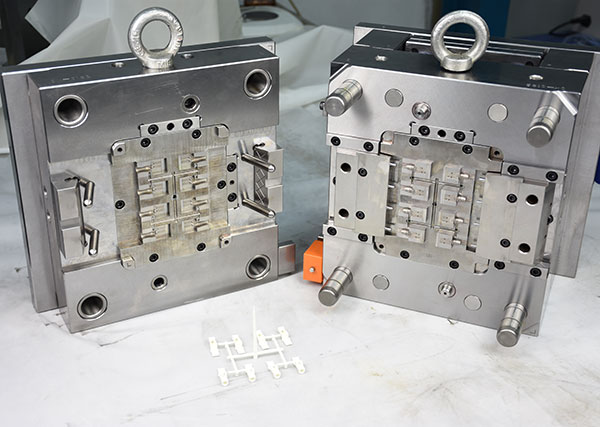
- 2024-02-28
- 1147
- 5 Comments
What is multi-cavity injection molding?Injection molding processing method
Multi-cavity injection molding is a form of injection molding that involves molding two or more identical parts per cycle. Multi-cavity molds can contain anywhere between two and 164 cavities, and they typically increase in increments (2, 4, 8, 16, 24, 32, etc.). Stack molds — molds containing a mirror image of the tooling making the parts — are classified as multi-cavity molds because they ultimately produce identical parts. However, family molds — molds that produce multiple parts that are similar in size or appearance but not identical — cannot be classified as multi-cavity molds.Companies use multi-cavity injection molds for many different products in various industries including consumer goods, medical, and automotive.
Product teams often start with a single-cavity mold to validate their design before shifting to a multi-cavity injection mold. Single-cavity molds are less expensive and quicker to produce. However, in some cases, it makes more sense to use a multi-cavity mold from the start. Manufacturing the same large volume of parts with a single-cavity mold rather than a multi-cavity mold means more cycles, more machine time, and higher costs. Multi-cavity molds will enable you to create more parts in less time and at a lower cost per part.
The main part of the injection molding machine. The plastic is heated and plasticized into a fluid state and injected into the mold under pressure. Injection methods include plunger type, pre-plasticizing type and reciprocating screw type. The latter (Figure 1) has the advantages of uniform plasticization, small injection pressure loss, compact structure, etc., and is widely used.
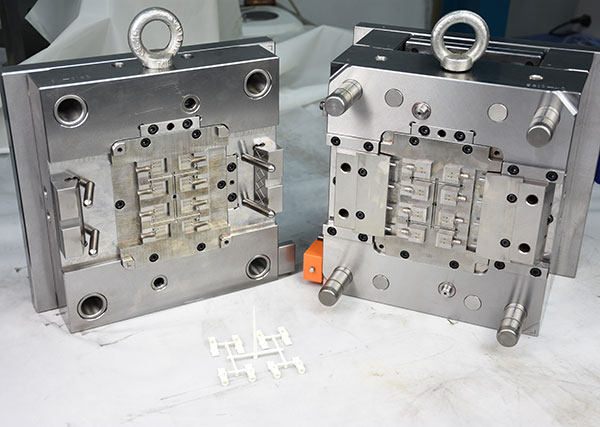
Mold clamping device
It is used to close the fixed mold and movable mold of the mold, realize the opening and closing action of the mold and eject the finished product.
How to operate
Broadcast editor
Varies depending on the materials processed. Injection molding of thermoplastic plastics includes processes such as feeding, plasticizing, injection, pressure holding, cooling, and demoulding. The molding of thermosetting plastics and rubber also involves the same process, but the barrel temperature is lower than that of thermoplastic plastics, and the injection pressure is higher. The mold is heated. After the material is injected, it needs to go through a curing or vulcanization process in the mold, and then is defilmed while it is hot. .
Injection molding refers to a model with a certain shape, which is formed by injecting molten colloid into the mold cavity through pressure. The process principle is: melt the solid plastic at a certain melting point, and inject it into the mold at a certain speed through the pressure of the injection machine. Inside, the mold solidifies the plastic through water channel cooling to obtain the same product as the designed mold cavity.
Injection molding (injection molding) is a method in which thermoplastic or thermosetting molding materials are uniformly plasticized in a heated barrel and then pushed into the cavity of a closed mold by a plunger or moving screw for molding.
Injection molding (injection molding) is a method in which thermoplastic or thermosetting molding materials are uniformly plasticized in a heated barrel and then pushed into the cavity of a closed mold by a plunger or moving screw for molding.
Injection molding is suitable for almost all thermoplastics. Injection molding has also been successfully used to mold certain thermoset plastics. Injection molding has a short molding cycle (several seconds to minutes), and the quality of molded products can range from a few grams to dozens of kilograms. It can mold molded products with complex shapes, precise dimensions, and metal or non-metal inserts at one time. Therefore, this method has strong adaptability and high production efficiency.
Injection machines used for injection molding are divided into two categories: plunger injection machines and screw injection machines. They are composed of three parts: injection system, mold clamping system and mold; its molding methods can be divided into:
(1) Exhaust injection molding. The exhaust injection machine used in exhaust injection molding has an exhaust port in the middle of the barrel and is also connected to the vacuum system. When the plastic is plasticized, the vacuum pump can remove the water vapor, monomer, and volatilization contained in the plastic. Sexual substances and air are extracted through the exhaust port; the raw materials do not need to be pre-dried, thereby improving production efficiency and product quality. It is especially suitable for molding materials that easily absorb moisture, such as polycarbonate, nylon, organic glass, and cellulose.
(2) Flow injection molding. Flow injection molding can use ordinary moving screw injection machines. That is, the plastic is continuously plasticized and squeezed into the mold cavity with a certain temperature. After the plastic fills the cavity, the screw stops rotating. The thrust of the screw keeps the material in the mold under pressure for an appropriate period of time, and then cools and shapes. Flow injection molding overcomes the equipment limitations of producing large products, and the quality of the parts can exceed the maximum injection volume of the injection machine. Its characteristic is that the plasticized objects are not stored in the barrel, but are continuously squeezed into the mold, so it is a method that combines extrusion and injection.
(3) Co-injection molding. Co-injection molding is a method of using an injection machine with two or more injection units to inject plastics of different types or colors into the mold at the same time or one after another. This method can produce composite products of multiple colors and/or multiple plastics. The representative co-injection molding is two-color injection and multi-color injection.
(4) No-runner injection molding. A molding method in which there is no runner in the mold, but the extended nozzle of the injection machine directly injects the molten material into each mold cavity. During the injection process, the plastic in the flow channel remains in a molten flow state and does not come out with the product during demoulding, so there is no flow channel residue on the product. This molding method not only saves raw materials and reduces costs, but also reduces processes and can achieve fully automatic production.
(5) Reaction injection molding. The principle of reaction injection molding is to pump the reaction raw materials into the mixing head after being measured by the metering device, collide and mix in the mixing head, and then inject into the closed mold at high speed, quickly solidify, demould, and take out the product. It is suitable for processing some thermosetting plastics and elastomers such as polyurethane, epoxy resin, unsaturated polyester resin, silicone resin, alkyd resin, etc. Mainly used for polyurethane processing.
(6) Injection molding of thermosetting plastics. Granular or lumpy thermosetting plastics are plasticized into a viscoplastic state through the action of the screw in a strictly controlled temperature barrel. Under high injection pressure, the material enters a mold within a certain temperature range and is cross-linked and solidified. In addition to physical state changes, thermosetting plastic injection molding also has chemical changes. Therefore, there is a big difference in molding equipment and processing technology compared with thermoplastic injection molding. The table below compares the differences between thermoset and thermoplastic injection molding.
Related Posts
- Precision Irrigation mold cavity and spare parts
- zefu-mold
- 1043

